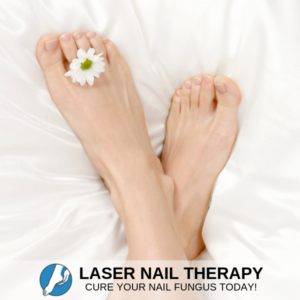There are different kinds of nail fungus. If you suffer from a nail fungus you are probably curious. You want to know what type of nail fungus you have and how it was caused. There are a total of four categories of fungal nail infections, which I will go over with you today.
Different types of Nail Fungus
- DSO is also known as Distal Subungual Onychomycosis is one category of a fungal nail infection, which is also the most common type. This type of nail infection begins to infect the skin underneath the nail and then progresses into the nail itself. It begins at the cuticles and slowly works its way up. The nails will typically change in color, turning yellow. The nails may also begin to split, become thick, and/or form large amounts of debris.
- WSO (White Superficial Onychomycosis) is another form of nail fungus, which is not as common as DSO but is second in line. This type of nail fungus affects the top portion of the nail, with the introduction of white spots on the top layer. After a period of time, the nail does become chalky/powdery, no thickening or separation of the nail should occur in this form.
- Candida Onychomycosis is next in line but not very common. This occurs from a yeast infection typically and is seen on both the nail and the skin surrounding the nail. Usually, this fungus is seen on the fingernails but can also be seen on the toes. The nails in this case become weak, may separate from the nail, and become discolored showing green, white, or brown colors and also displaying distorted shapes. You may also notice swelling, or redness in the nails or skin surrounding. This is one of the more painful forms of nail fungus.
- Lastly, we have PSO, aka Proximal Subungual Onychomycosis which is a result of dermatophytes. This form is more commonly seen in people with HIV. PSO will begin to infect the cuticle part of the nail and cause the surrounding skin to thicken causing the nail to then separate. The color of the nail will usually show up white or opaque.

Laser Treatment for Toenail Fungus
If you have caught nail fungus, it can be easily treated using the FDA-approved PinPointe laser, which typically only takes on treatment. Other treatments like topical solutions and oral medication are not as effective.
Our nail doctor in Austin, TX recommends this treatment. The PinPointe Laser treatment has the highest cure rate in the market. It has no side effects and no recovery period. As a result, you can go about your daily activities right after the treatment. Also, it is not painful.
If you have any signs of nail fungus, call us at (800) 672-0625 or visit our website for more information on our doctors at one of our over 150 locations.



